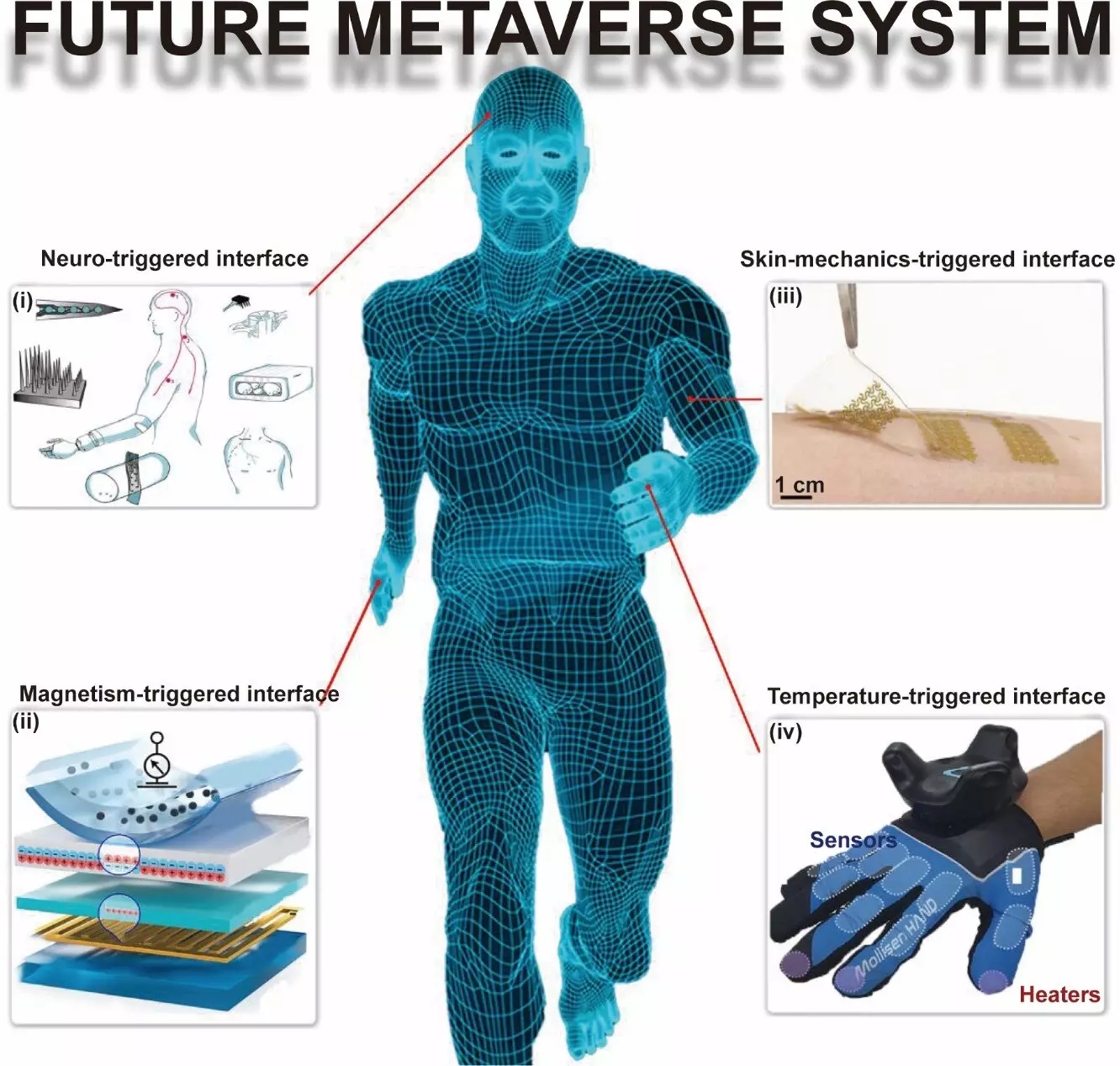The fabrication of flexible sensors using nanomaterials has garnered significant attention from researchers at Changchun University of Science and Technology (CUST) and City University of Hong Kong (CityU). Their recent survey, published in the International Journal of Extreme Manufacturing (IJEM), explores the innovative use of nanomaterial frameworks such as nanoparticles, nanowires, and nanofilms in the creation of nanomaterial-based flexible sensors (NMFSs). Additionally, the survey investigates various triggering mechanisms for interaction between these sensors and virtual reality (VR) applications. This article critically analyzes the research conducted by CUST and CityU, delving into the implications and potential of NMFSs in the realm of VR.
The Promise of Flexible Sensors
Flexible sensors based on nanomaterials offer tremendous potential for the advancement of metaverse and virtual reality technologies. Their lightweight nature, high sensitivity, and ability to conform to human skin or clothing make them ideal candidates for replacing rigid silicon-based sensors in numerous human-computer interaction applications. These sensors can be seamlessly integrated with clothing or attached to the skin to monitor users’ physical and physiological information while they navigate metaverse spaces. Nanomaterials, known for their effortless processing, material compatibility, and unique properties, have been extensively incorporated into flexible sensors, bolstering their sensitivity, malleability, reliability, and scalability.
To facilitate a more immersive virtual reality experience, the research conducted by CUST and CityU explores different triggering mechanisms for interaction between NMFSs and VR applications. These mechanisms include skin-mechanics, temperature, magnetic, and neural triggers. Skin-mechanics triggering involves detecting physical movements and vibrations of the skin, while temperature triggering focuses on changes in temperature. Magnetic triggers leverage magnetic fields to initiate interaction between sensors and VR systems, whereas neural triggers analyze neural activity to drive user engagement. These triggering methods pave the way for seamless integration between the physical and virtual worlds, augmenting the realism and interactivity of VR experiences.
Machine learning plays a crucial role in the processing of sensor data and avatar control in the metaverse and virtual reality world. As highlighted by the survey, machine learning algorithms have emerged as promising tools for enhancing sensor data processing and controlling avatars in VR environments. By leveraging machine learning techniques, researchers can unlock the full potential of NMFSs and enhance the overall VR experience. This intersection between nanomaterials, flexible sensors, and machine learning represents a cutting-edge frontier that holds immense promise for the future of VR technology.
The collaboration between CUST and CityU researchers extends beyond the realm of flexible sensors, as they also explore different functional nanomaterial sensors for virtual reality applications. With an emphasis on the detection of skin vibrations, facial expressions, muscle activities, and limb motions, the team envisions a future where VR systems can offer users a remarkably realistic, immersive, and natural experience of their living environment and working atmosphere. By continuously pushing the boundaries of flexible sensor technology, these researchers are driving innovation in the field of VR and metaverse technologies.
The research conducted by CUST and CityU represents a significant step forward in the development of nanomaterial-based flexible sensors for virtual reality applications. The use of nanomaterial frameworks, coupled with various triggering mechanisms and the integration of machine learning, opens new possibilities for creating an immersive, realistic, and interactive VR experience. As researchers continue to explore the potential of flexible sensors, the future of VR technology looks increasingly promising, with potential applications ranging from entertainment to healthcare and beyond.


Leave a Reply